First rides with the new Cannondale SuperSix EVO 4
The presentation to the press of the renewed Cannondale SuperSix EVO gave us the opportunity to test it on the roads of Girona and draw the first conclusions about the improvements incorporated into this bike. A bike that maintains unchanged the behavior of its predecessor but now has a more agile and lively response.
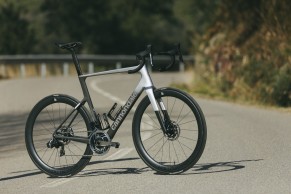
Testing the Cannondale SuperSix EVO
It was only a ride of a couple of hours, but the beautiful and twisty roads that have made the city of Girona one of the world epicenters of cycling were more than enough to give us a good idea of what all the technological evolutions introduced by Cannondale in its new SuperSix EVO translate into on a practical level.
First of all, we would like to thank Cannondale for their attention to detail, which is also reflected in the design of the bike. Normally in this type of presentations you spend a long time adjusting the position on the bike despite having sent your measurements. On this occasion we didn't have to touch anything at all, from the beginning everything was perfectly positioned in place and with the same dimensions as on our usual bike.
RECOMENDADO
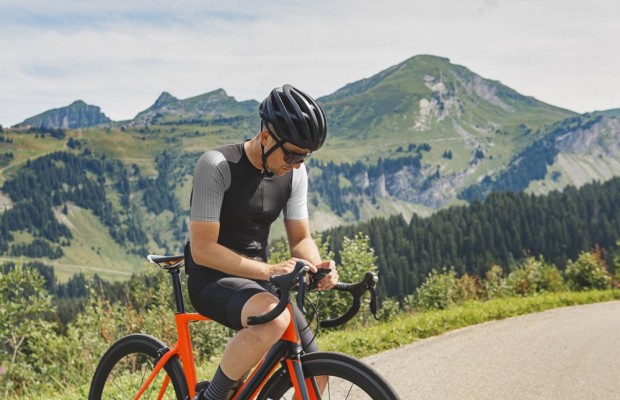
How many calories are burned when cycling
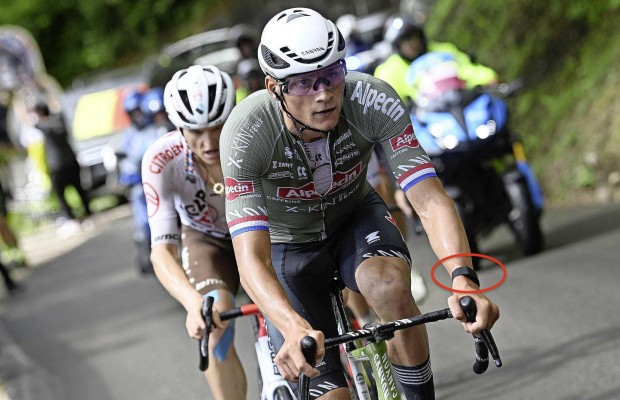
What is heart rate variability and how does it affect the cyclist?

Change wheels if you want to transform your bike's behavior
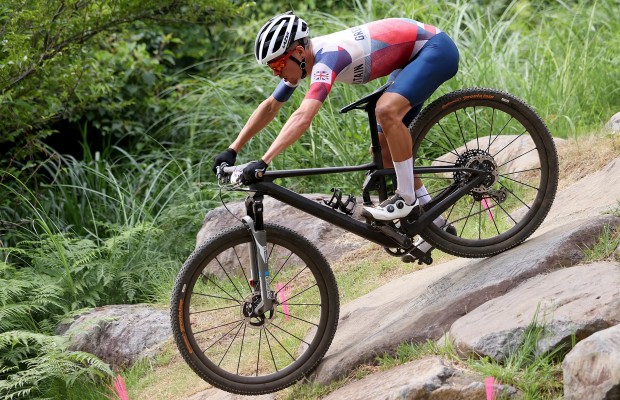
What bike size do you need? Here's how to find out
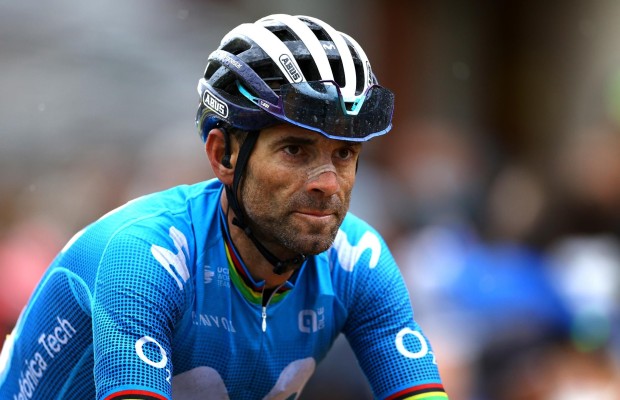
How does age affect performance and recovery?
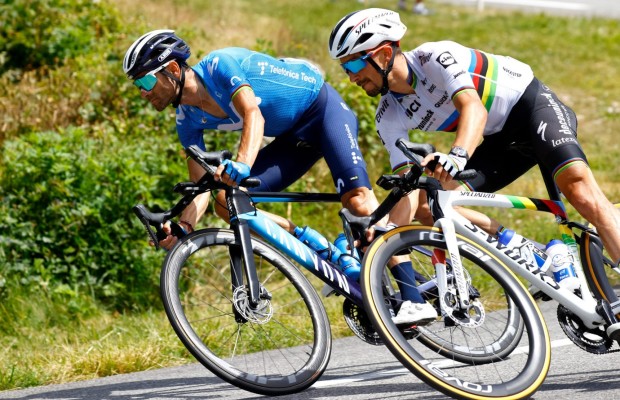
10 tips for safer and faster downhills on road bikes

It must be said that it is not only the good work of the mechanic responsible for this event, but the geometry of the SuperSix EVO is also partly to blame for this instant adaptation. Cannondale has kept the dimensions of this bike unchanged thanks to the good feedback from pro riders and customers of the previous model, which, in turn, only tweaked a few parameters of the geometry of previous generations following the maxim "if it works, don't touch it". The only change is in the largest size, since in this new model sizes 60 and 62 are consolidated into a single size 61.
Speaking of feedback from professional riders, we had the company of EF Education-TIBCO-SVB rider Lizzy Banks, who is trying to get back to her competitive level after a horrible year in which the covid left her with important after-effects that made her spend the season in blank. Our other companion was none other than the young pearl of British cycling Zoe Bäckstedt who after winning everything in junior and making her debut as a stagiaire with the team last summer, starts her first full campaign in the top category.
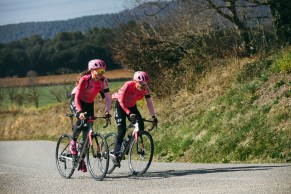
Representing the men's team was the German Georg Steinhauser. With all of them we were able to talk for a long time, sharing their perceptions about the bike and, to tell the truth, there was complete agreement: the great improvement of this new SuperSix EVO is that it feels much more lively and more manageable compared to the previous version, which, although it did everything well, showed a quieter and lazier behavior.
The main reason for this change is undoubtedly the weight reduction of the set. In our case, we did not use during the test the exclusive Lab71 that was used by the pros. Instead we rode the Hi-Mod1 model equipped with the lightweight SRAM Red eTap AXS. Nor was the cockpit on our test model the SystemBar R-One integrated cockpit, but the set used on the lower models, consisting of the aluminum Cannondale Conceal stem and a Vision Trimax Aero handlebar.
All in all, the bike we used felt very light, we estimated it to be around 7 kilos and a bit. However, beyond the cold number that marked the scale, it is a perception of liveliness to which it is difficult to find the reason because both the stiffness of the set and the geometry remain unchanged from the previous model as explained to us in the presentation.
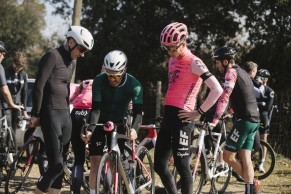
Several twisty downhills allowed us to perceive the poise and intuitive handling of this bike, honestly, something that one does not expect to find on a competition bike, usually models of much more aggressive driving that require measuring every minimum gesture on the handlebars as a toll to pay for maximum precision and speed in direction changes. However, the great virtue of this SuperSix is to have achieved this efficiency without having the feeling that any mistake could send us to the ground.
As an example, on one of the descents we were chatting in parallel in the middle of the group with Lizzy Banks, handlebar to handlebar, both more focused on the conversation than on the road, and yet the curves were traced with the same naturalness and confidence with which we would do it with our usual bike.
There is no doubt that this is an extra point for Cannondale as it makes this SuperSix a bike that meets not only the needs of professional cyclists, but also, while being a sporty bike, it is perfectly suitable for the common rider in a balance that is really difficult to achieve.
Let's go uphill
The highlight of the route was a small 3 km pass, Les Serres according to the Strava section, a steep climb of around 5% with some tougher loose ramps where the limiting factor was more our poor form than the bike itself. In any case, the greater vivacity of the SuperSix EVO, always compared to its predecessor, is reflected in the fact that you don't feel lazy to stand up and accelerate a little to overcome certain points of greater inclination instead of staying seated looking for the greatest possible economy of effort.
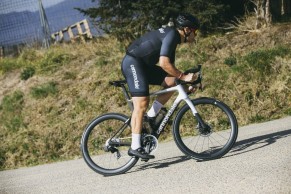
However, where we really enjoyed the bike was in the final stretch, an area of tough hills and winding road type classic in which the SuperSix EVO was really fun, squeezing to the fullest in the short climbs, taking advantage of the downhill to recover coupled with the bike launching very easy, accelerating hard at the exit of each curve. Maximum enjoyment.
We cannot comment on the new wheels, which are also responsible for the overall behavior of the bike, other than the fact that they gave us plenty of confidence in cornering to trace cleanly, without the need for corrections, and, despite their generous 50 mm profile, they do not harm the agility of the bike, on the contrary. We are left with the doubt of checking its behavior in side wind conditions, a basic aspect in this type of wheels. We would also like to see what this bike would be capable of with 100% low-profile climbing wheels. If it is already a very agile bike, with such a setup it would be truly amazing when it comes to climbing and cornering.
Subtle but notable improvements
When we try to remember the sensations that the current SuperSix EVO transmitted at the time and compare them with those of this 4th generation that now sees the light, we see that the changes are very small. The handling of the bike is identical, the stiffness that we perceive when we stand up as well. It may lead us to wonder if it was necessary to develop this model. It is clear to us that it was, and Cannondale has gone in the right direction.
In recent times the influence of the weight of the bike has been ignored by the brands. It is true that aerodynamics offers greater gains than a few hundred grams in terms of the bike's raw performance, which is why this aspect has been the cornerstone of all brands' developments in recent years.
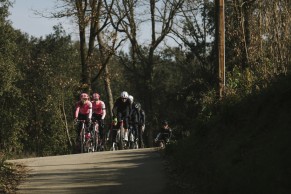
However, cycling is more than just numbers. Riding a bike is also about sensations, perceptions that a heavy bike robs us of to a large extent. Maybe they only translate into a couple of seconds on a climb, but when it comes to descending, sprinting or looking for a gap in the peloton, a light bike makes everything much easier. It's precisely to regain that lost feeling that Cannondale has achieved in this SuperSix EVO.
Reviewing also the scaling of its range, we can sense that the weight parameter will not increase excessively as we go down the range because the setups are really successful and, except for the two top models, maintain a price level that, within the general increase in price, is reasonable, without nonsense, as we have seen in some of the latest releases of last season, of having to pay more than 7,000 € for a bike with 105 Di2 that will exceed 9 kilos of weight.
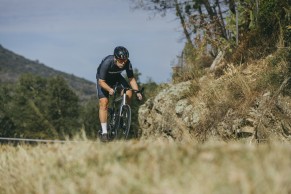
Therefore, we think that Cannondale has correctly read the market situation and has succeeded with the concept of this SuperSix EVO: aero bike, lightweight, with good setups at all price levels and a very affordable handling and geometry for both the sport rider and for that great mass that goes out to pedal every weekend.